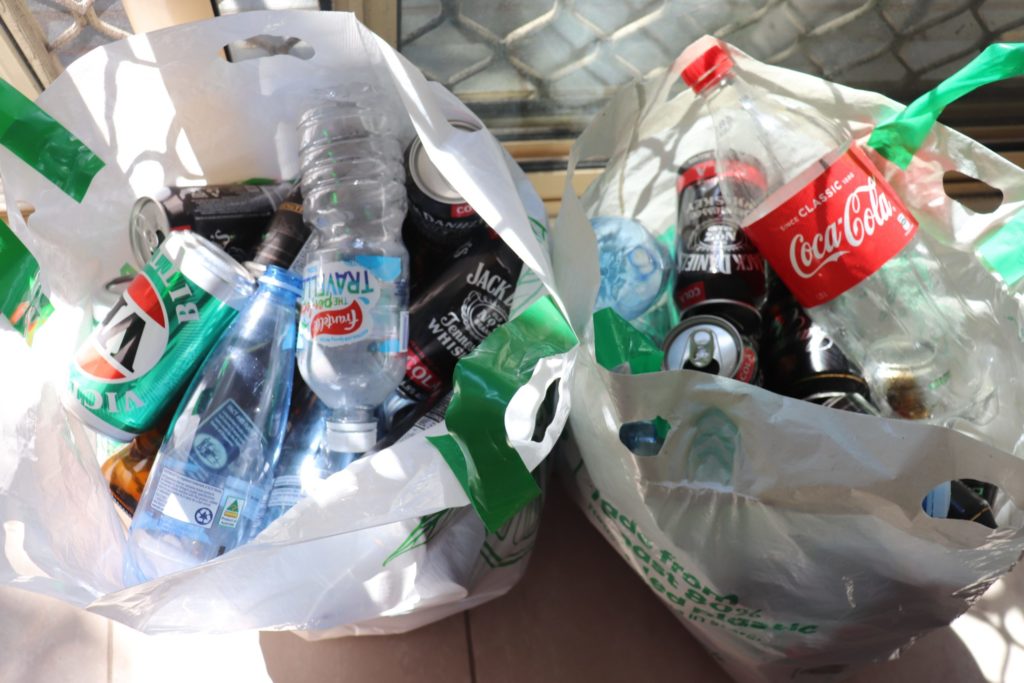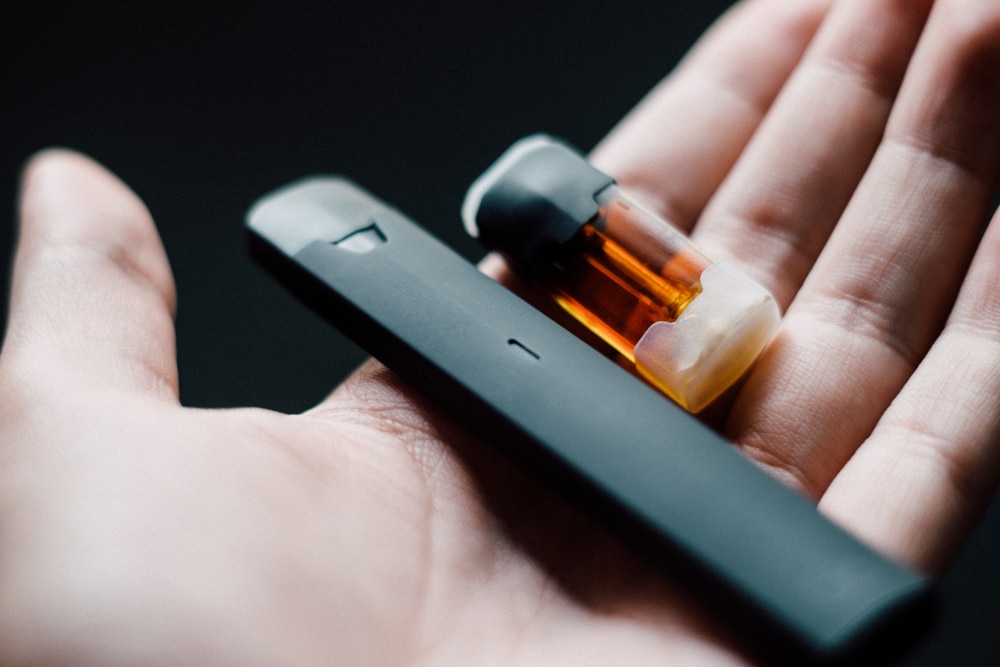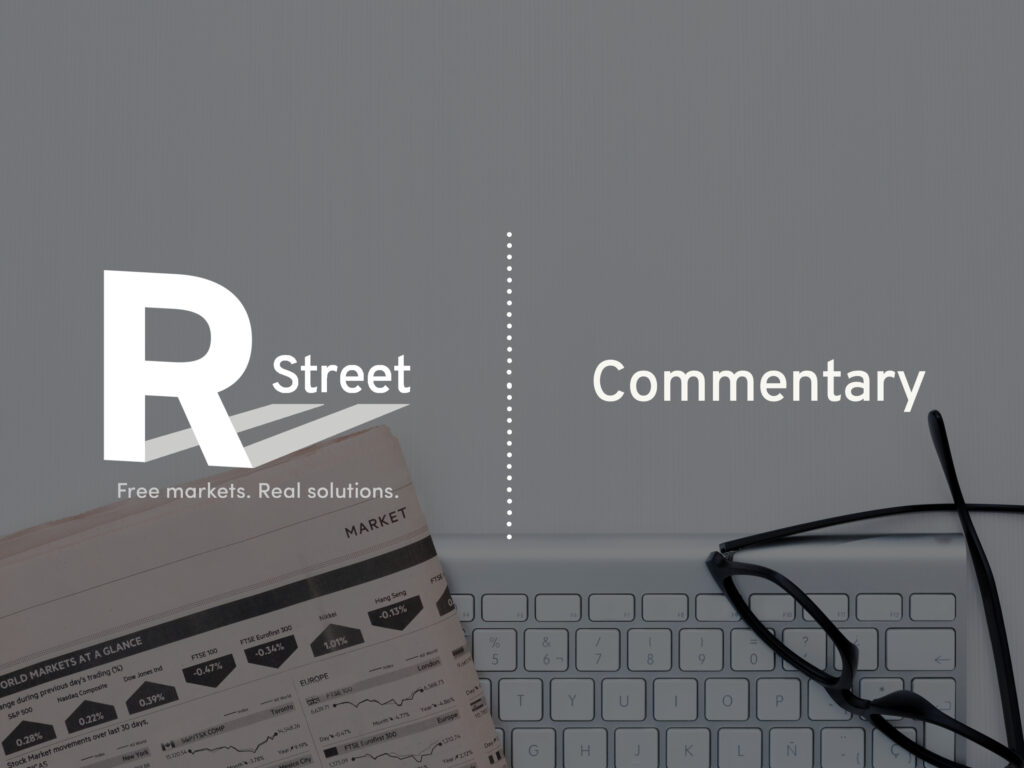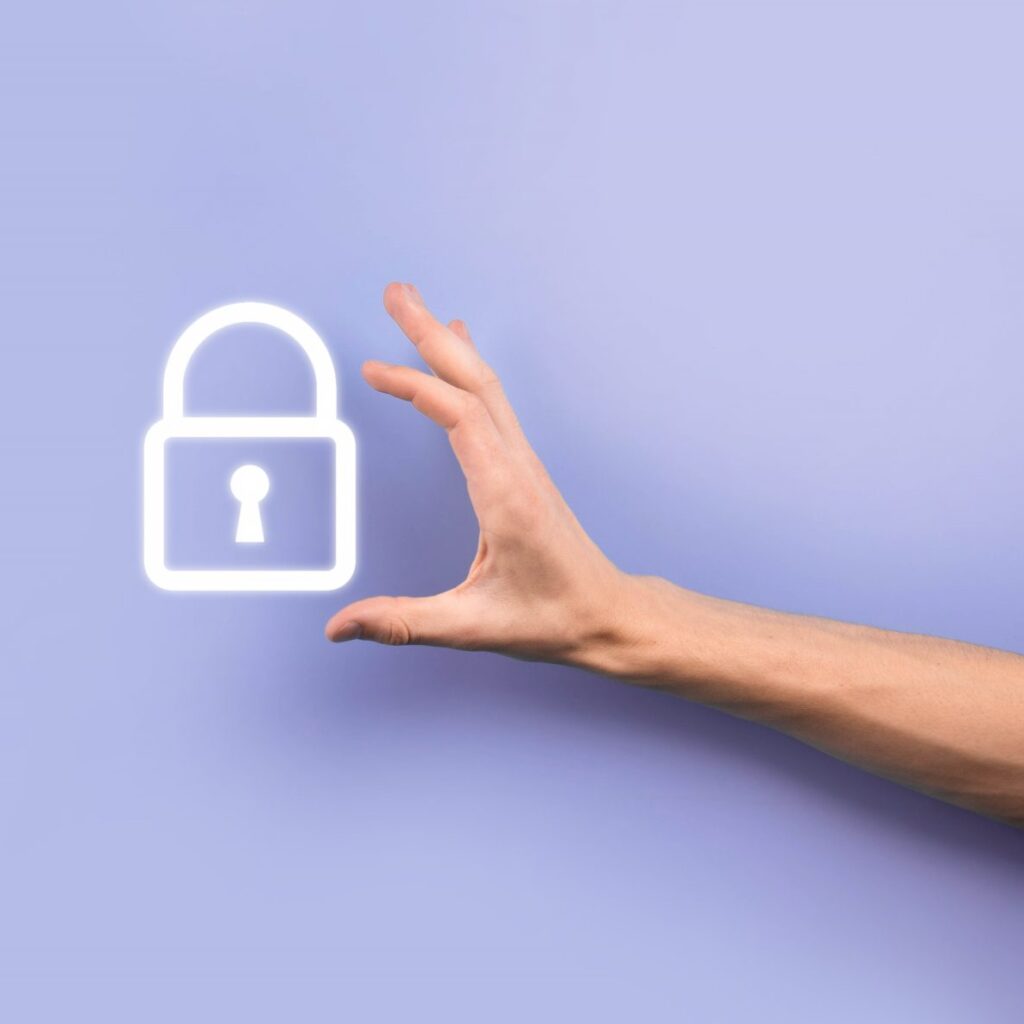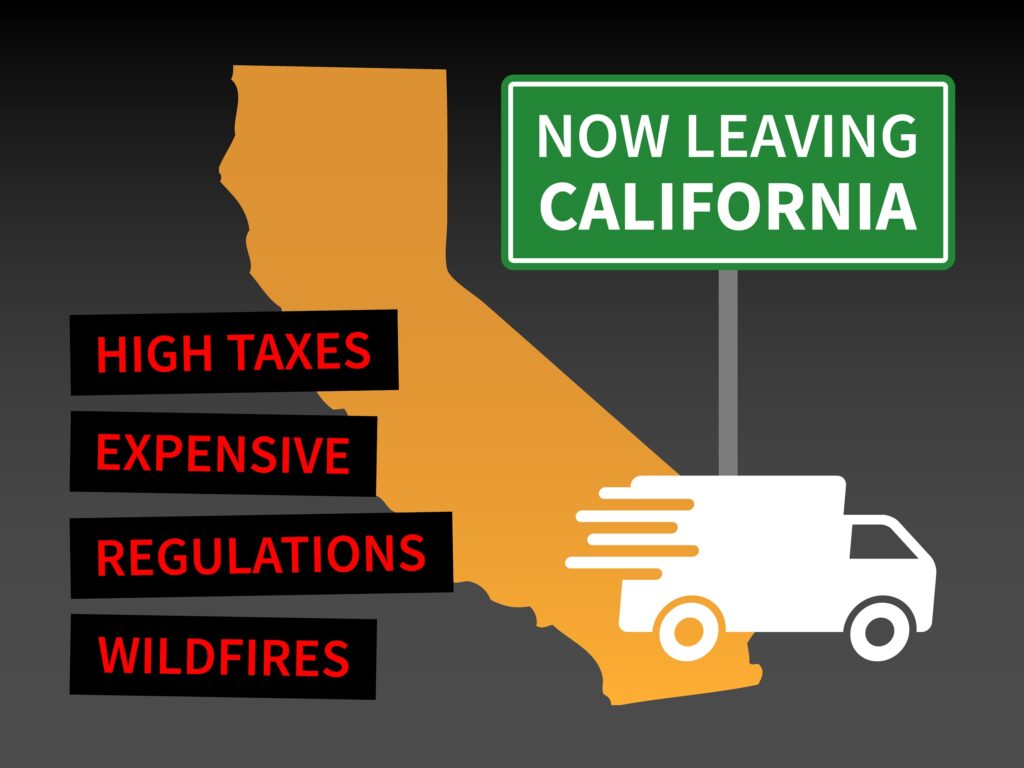Two tables show how complicated music-copyright rate-setting is
Even after you’ve learned the basics of U.S. copyright law, once you delve into music copyrights, you discover an even more complex—I like to say “fractally complex”—framework at the root of today’s music industry.
At the first level, this complex framework is grounded in the compulsory mechanical license and other compulsory licenses, which set a baseline for private negotiations among songwriters, record companies and distributors (from traditional radio to new services like Apple Music, Spotify and Pandora). You’d need to study the whole combination and interaction of mandatory licensing and private negotiations to begin to get a handle on what Taylor Swift’s polite quarrel with Apple a few weeks ago was all about.
At a second level, this combination of mandatory licenses and private negotiations had been made even more complicated because, as of 1995, copyright interests in songs also are divided between the songwriters and their publishers on the one hand (sometimes represented by performance-rights organizations like ASCAP and BMI) and the owners of “sound recordings” on the other. This division can be confusing even to juries in a copyright case. In the recent legal battle between the late Marvin Gaye’s heirs and the recording artists Pharrell Williams and Robin Thicke, the jury may have “blurred the lines,” so to speak.
Helping non-expert readers to grasp the complexity of modern music licensing with just words and sentences in a blog post is probably asking too much. So we’re going to cheat a bit here by giving you two tables that show — at a “glance” — how copyright licensing plays out among distribution platforms and among the uses music lovers put to what they buy. We thank Lydia Pallas Loren, professor at Lewis & Clark Law School, for allowing us to reproduce portions of her excellent August 2014 piece in the Houston Law Review here.
|
SERVICE TYPE |
COPYRIGHT TYPE |
REVENUE (%) |
|
Terrestrial radio |
Musical work |
3.7 (2011-2016) [1] |
|
Sound recording |
0.0 |
|
|
TOTAL |
3.7 |
|
|
Pre-existing satellite radio (i.e., Sirius XM) |
Musical work |
2.4 (2008) [2] |
|
Sound recording |
9.0-11.0 (2013-2017) |
|
|
TOTAL |
11.4-13.4 |
|
|
Pre-existing cable music service (i.e., Music Choice) |
Musical work |
5.5 |
|
Sound recording |
8.0-8.5 (2013-2017) |
|
|
TOTAL |
13.5-14.0 |
|
|
Noninteractive webcasters |
Musical work |
4.0 (2014) [3] |
|
Sound recording |
25.0-56.0 |
|
|
TOTAL |
29.0-60.0 [4] |
|
|
Interactive webcasters |
Musical work |
10.5 |
|
Sound recording |
Unknown [5] |
|
|
TOTAL |
Unknown |
|
TYPE OF COPY |
PRICE |
|
Physical phonorecords |
$0.091 per song or $0.0175 per minute of playing time [6] |
|
Digital phonorecord deliveries (DPDs) |
$0.091 per song or $0.0175 per minute of playing time [7] |
|
Limited downloads (tethered devices) |
3.9 percent of revenue [8] |
|
Ringtones |
$0.24 per song [9] |
Two things you can see instantly in these tables:
- New digital platforms end up paying more than traditional music-distribution platforms.
- It’s hard to understand immediately why, with regard to songwriting rights alone, copies of songs are charged at “penny rates” with some kinds of recordings and at percentages of total song revenue other times.
There’s a whole separate story to be told about the pricing of ringtones.
(1.85 percent royalty rate for noninteractive services). This 4 percent approximation was confirmed by the court’s description. Id. at 346.
